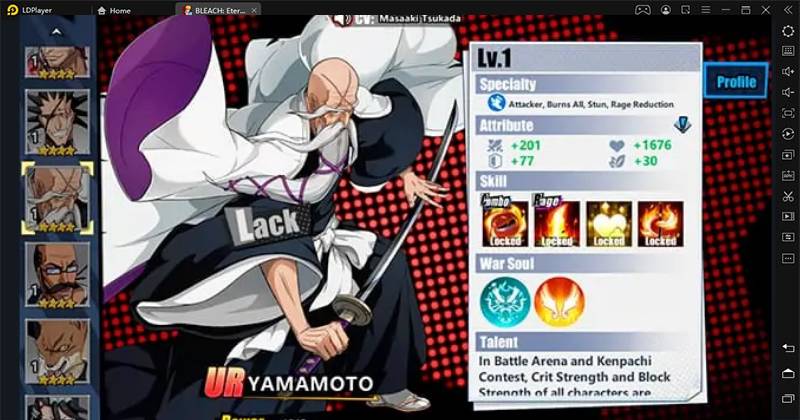

None of it is actually used in the game itself, but it’s a neat idea, anyway. There’s even a biography mode, which gives information on the characters, their histories and their fighting styles. The game actually puts a lot more effort into its plot than pretty much any other fighting game of the era. The one who defeats all the fighters, and the Eternal Champion, gets to return to the moment before their death, while everybody else just dies again. So, instead of, say, hosting an organized debate on who should come back to life, he just has them all beat each other up.

The good news is that an alien creature, known as the Eternal Champion, has the power to bring people back from the dead.

The cause of this is the untimely demise of a certain nine individuals throughout history, who would have done something to change the flow of time for the better if it weren’t for their death. There are some neat ideas in there, some that might have been the first real use of them in any fighting game up to that point, however, there are just so many flaws and issues that the series will be doomed to be cursed along with Kasumi Ninja and Bloodstorm, which it doesn’t ENTIRELY deserve.įar, far into the future, mankind has ended up destroying itself. Of course, that’s not to say the series was all bad. Their first mistake, instead of putting such talent as Yu Suzuki or Yuji Naka to the task, was hiring the guys who made Dinosaurs For Hire. A game that would mix the flair and style of Mortal Kombat with the gameplay of Street Fighter. Before Sega released their flagship fighter, Virtua Fighter, they came up with a plan for a fighting game of their own. While Mortal Kombat didn’t have as high a skill level, it made up for it in blood and brutality. Street Fighter II had speed, a cast of interesting characters, and a high level of technical skill under the surface. Street Fighter II and Mortal Kombat were, as you probably don’t even need to be told, both incredibly huge hits.


 0 kommentar(er)
0 kommentar(er)
